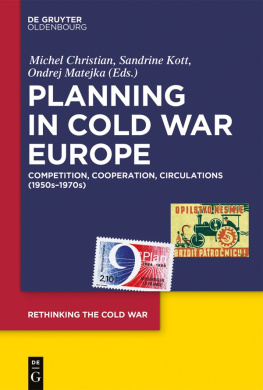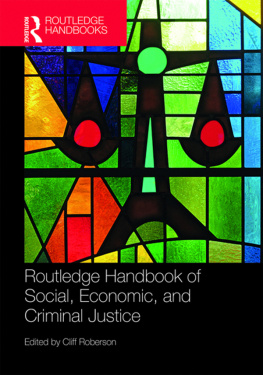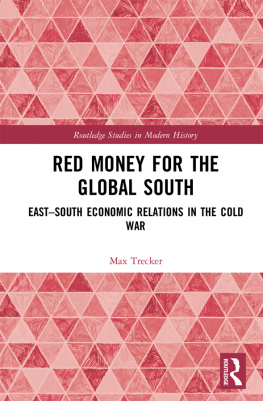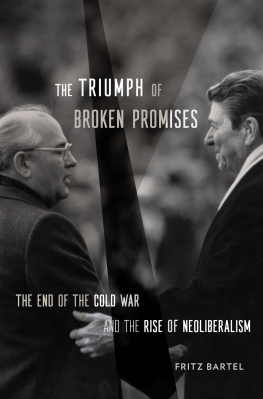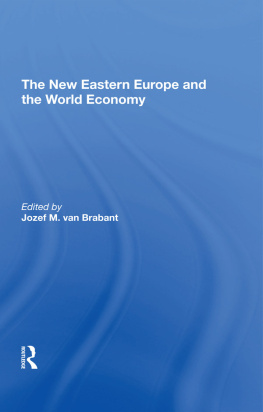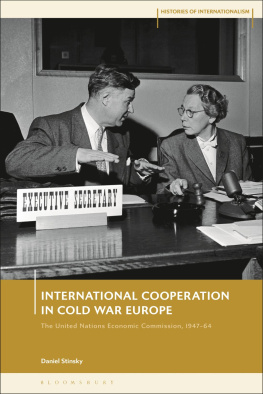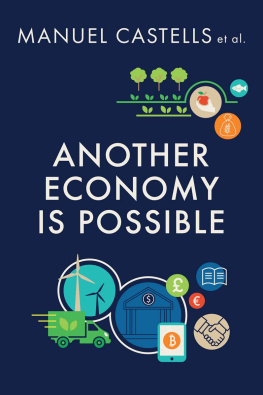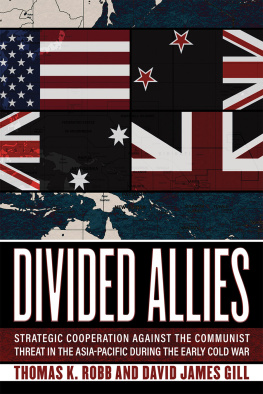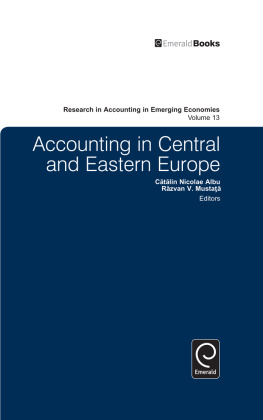Planning in Cold War Europe: Introduction
There exists no alternative to economic planning. There is, therefore, no case to be made for or against economic planning, for or against free enterprise or free trade. Ever more State intervention and economic planning is part of the historical trends.... In reality, it was never, and is certainly not now, a choice. It is a destiny.(Gunnar Myrdal)
The conclusion of Gunnar Myrdals Ludwig Mond lecture in Manchester in 1950 makes clear that the concept of economic planning was firmly impressed on the mental maps of an influential segment of the European intellectual elite in the early postwar years. The charismatic economist (a Nobel Prize laureate in 1974), sociologist, politician and international civil servant was part of a transnational milieu of publicly engaged academicians, mainly from Europe. As faithful followers of the Enlightenment ethos, they believed in (social) science as the key tool for the improvement of society. Myrdal and his wife Alva appropriated the post-World War Two infrastructure of international organizations, considering it to be an excellent springboard for bringing their reformist ambitions closer to reality. The husband and wife team became transnational symbols of this conviction and were portrayed as the most popular Swedes, downright charged by the United Nations with the task of saving the world. The principle of rational planning was a cornerstone of their thought and action.
Recent, and widely acclaimed, historical works have confirmed the extent of the influence that leaders like the Myrdals (and their ideas on planning) had on the continental and global level. Tony Judt described it in eloquent terms in his magisterial Postwar: A History of Europe since 1945 where he labelled economic planning as the political religion of European elites after 1945.
These works confirm the centrality of planning thought in the postwar period. However, the widespread appeal of faith in planning must not hide the fact that there were many conceptions of planning and that the notion was and still is both ambiguous and malleable. Planning had a long history and contained many layers. Its earliest use dates to the eighteenth century and the building of cities and roads. It expanded to bureaucratic settings, and the coordination or control of individuals actions. Planning authorities, planning committees and planning consultants became everyday expressions at the turn of the twentieth century.
Economic planning represents a particularly important sub-field of this type of research. It was in the 1930s when planning began to be widely used in relation to national economic activity. By the early 1960s, the rise of economic planning thought and practice in the economic field had been identified by economists such as Myrdal and Jan Tinbergen as a secular trend, which had originated at the end of the nineteenth century and which was reinforced by specific historical circumstances like wars, crises, and revolutions. Economic planning brought new technical meanings to the initial notion of planning. It introduced distinctions between planning as a stage in policy process, as an accounting and budgetary tool, and as a reflection on intended and unintended consequences of the management of various decisions. In the latter case, it had a feedback effect on social planning which mimicked a large range of practices elaborated by economic planning.
Since the end of the Cold War, historians have interpreted the period stretching from the 1890s to the late 1970s as a distinct era in global history, characterized by a shared belief in the benefits of planned modernity and development. Ulrich Herbert and the historians inspired by his insights into Europe in the age of High Modernity Nevertheless, the rise of various historical forms of economic planning, as well as the making and circulation of planning models, has not yet been the target of systematic research. From state intervention during the World Wars One and Two, through Gosplan , the New Deal and Nazi Zentralplanung , the different models of economic planning have all been studied separately.

